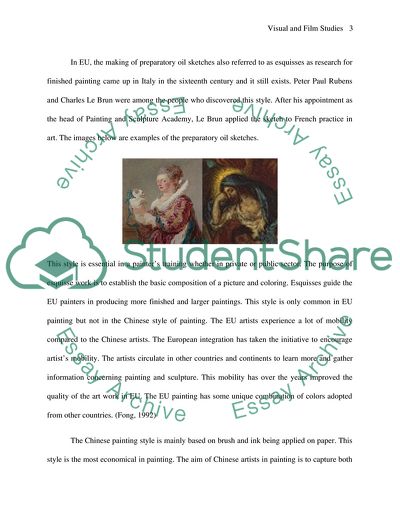Cite this document
(Geography and the Representation of Culture Report, n.d.)
Geography and the Representation of Culture Report. https://studentshare.org/visual-arts-film-studies/1855689-geographies-and-the-representation-of-culture
Geography and the Representation of Culture Report. https://studentshare.org/visual-arts-film-studies/1855689-geographies-and-the-representation-of-culture
(Geography and the Representation of Culture Report)
Geography and the Representation of Culture Report. https://studentshare.org/visual-arts-film-studies/1855689-geographies-and-the-representation-of-culture.
Geography and the Representation of Culture Report. https://studentshare.org/visual-arts-film-studies/1855689-geographies-and-the-representation-of-culture.
“Geography and the Representation of Culture Report”. https://studentshare.org/visual-arts-film-studies/1855689-geographies-and-the-representation-of-culture.


